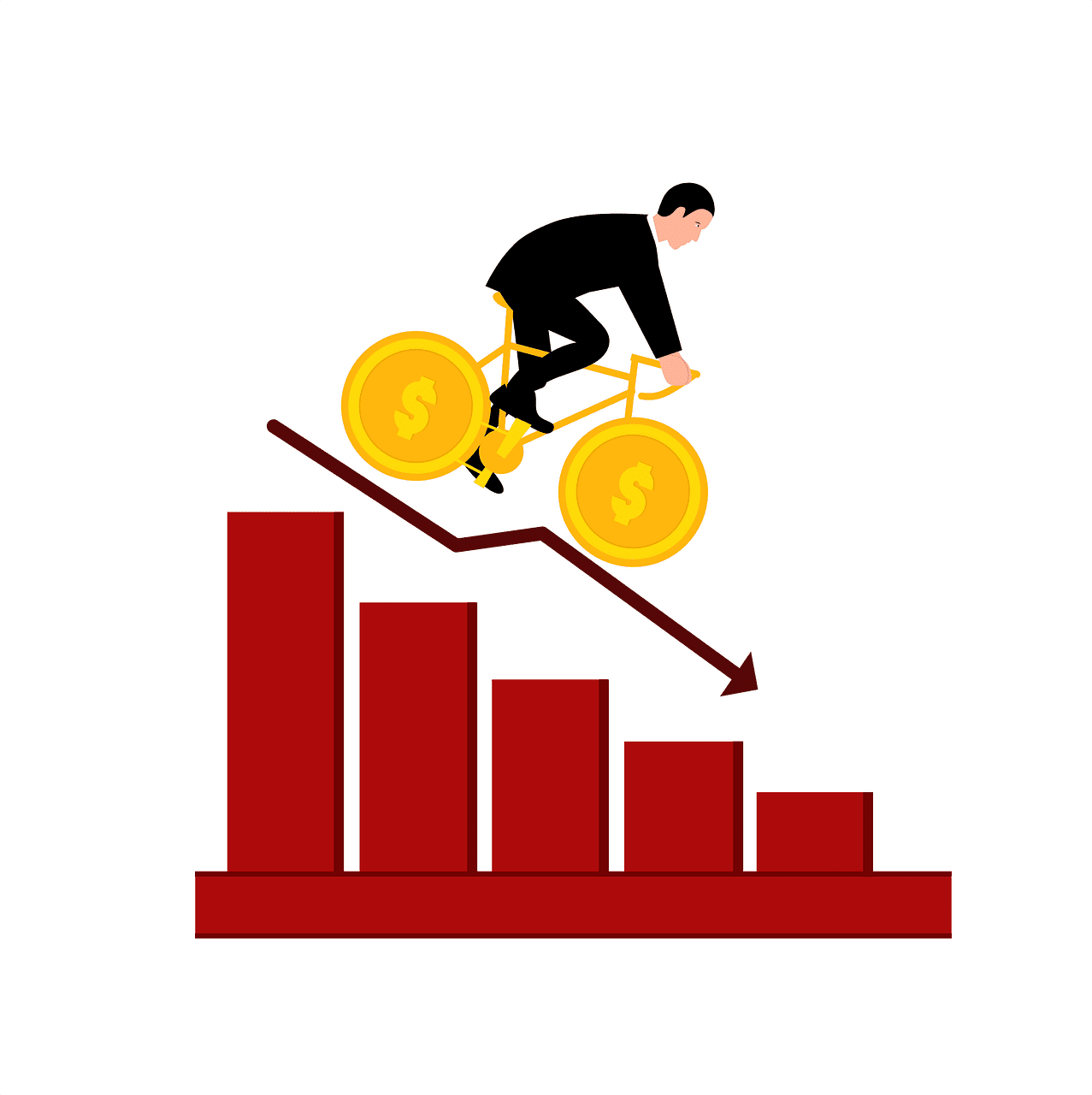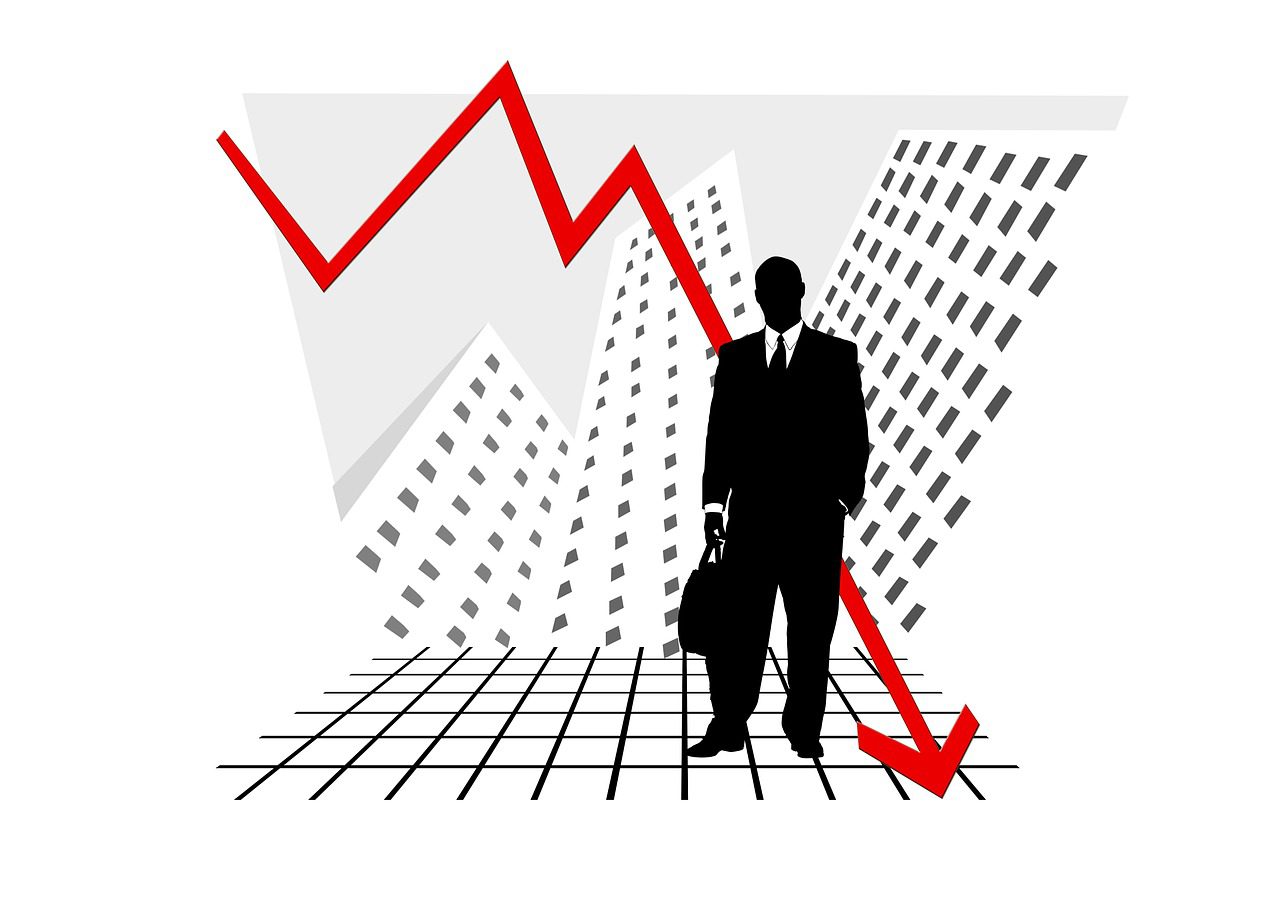24 – 2024 sera-t-elle l’année de baisse des taux d’intérêts?24 –
2024 sera-t-elle l’année de baisse des taux d’intérêts?
Conditionnée par une politique de la Banque Centrale Européenne, particulièrement attentive à l’inflation actuellement en place, la décision d’une baisse des taux d’intérêts par les banques de détails est particulièrement scrutée par l’ensemble des acteurs économiques.
Mais cela peut-il réellement arriver à court terme ? La décision du jeudi 26 octobre de la BCE de maintenir ses taux directeurs en l’état, marque la fin d’une période de hausse brutale, engagée en mars 2022 (10 hausses consécutives de -0,5% à 4% ).
Les taux seraient donc désormais stabilisés à un niveau élevé dans l’attente que ce nouveau régime monétaire donne tous ses effets et que l’inflation se normalise. Cela peut prendre du temps…
Qu’en sera-t-il des taux de prêts immobiliers distribués par les banques de détails ? Verra-t-on une baisse des taux ?
La rentabilité de l’activité de prêt immobilier
Gardons à l’esprit que les banques rentabilisent l’activité de prêt grâce à la marge d’intermédiation, soit, pour faire très simple, l’écart entre leurs taux de financement de liquidités et le taux de prêt de ces mêmes liquidités.
Ce coût initial de financement dépend quasi-directement des taux directeurs de la Banque Centrale Européenne.
Doit-on le rappeler, le taux d’usure, mesure réglementaire et spécifiquement française, est un plafond contraignant de correction des taux de distribution. Donc en situation d’augmentation brutale des taux directeurs de la BCE, les banques ne peuvent corriger leurs propres taux de distribution qu’avec un boulet au pied pour courir le 110 mètres haies.
Donc sans baisse des taux directeurs de la BCE et avec ce plafond contraignant qu’est le taux d’usure, la profitabilité pour les banques de l’activité de prêt risque de ne pas être au rendez-vous avant longtemps.
Le problème de la valeur de l’immobilier
Certains en rêvent, l’appellent de leur voeux.
Au delà d’être un facteur de décision pour les acquéreurs, tout autant que les vendeurs, une baisse générale de la valeur de l’immobilier impactera tout autant les politiques commerciales des banques.
Par quel biais ? Le ratio hypothécaire.
A savoir le volume d’argent prêté jusqu’ici, en comparaison de la valeur à l’instant T des actifs immobiliers acquis grâce à ces emprunts. On peut l’avoir oublié, mais il y a 4 ans à peine, on prêtait encore « à 110%, sans apport ». A savoir que le montant de l’emprunt couvrait la valeur de l’acquisition (à un prix du mètre carré au plus haut de son histoire) mais également tous les frais annexes. Ces 10% supplémentaires ont-ils été amortis sur les 4 ou 5 dernières années ? Non.
Combien de temps mettrait-on à amortir les 20 ou 30% de baissée valeur que pourrait subir le marché immobilier ? Amis statisticiens, à vos crayons…
Vous me direz que cela fait près de 10 ans que l’emprunt immobilier n’a plus de garantie réelle (hypothèque, Privilège de Prêteur de Deniers…) permettant la saisie du bien en cas de non-paiement des échéances, que les banques passent par un système d’organismes de caution mutuelle. Oui. Mais ces cautions mutuelles (Crédit Logement, CAMCA, CASDEN …) n’envisagent-elles pas des prises de garanties hypothécaires décidées par un juge, pour de la saisie de bien immobilier et de la revente aux enchères, en cas de non-remboursement du prêt ? Comment feront-elles face en cas d’effondrement de la valeur pour maintenir leurs bilans ?
Aussi, une chute des valeurs immobilières serait une bonne nouvelle pour les acquéreurs mais potentiellement une catastrophe pour les banques.
Nos prévisions sur 2024
Les banques vont encore augmenter leurs taux d’intérêts pour consolider leurs marges et maintenir un certain volume de distribution pour ne pas déstructurer plus qu’il ne l’a été le marché immobilier (pouvant mettre en péril tout leurs encours actuels). Elles seront cependant d’autant plus attentives aux profils des clients et à leurs projets pour ne pas gonfler le facteur risque. Nous risquons donc une nouvelle année à faible volume de crédits immobiliers distribué et à taux élevés.
L’investissement locatif tel qu’on l’a connu sur les 5 dernières années va-t-il repartir ? C’est peu probable. Fini l’illusion de s’enrichir avec l’argent des autres ! Quoique les rêveurs existeront toujours …
Des chiffres sont plus parlants que des mots ? Disons des taux sur 25 ans tutoyant les 5,5 à 6% sur du prêt immobilier classique (6,5% pour du regroupement de crédits).
2024 ne sera donc pas une année de baisse des taux, mais une année tampon, permettant de stabiliser la situation, de consolider les marges, sans baisse des taux. 2025 elle, devrait être une année de reprise de la distribution dans une optique de développement dans un environnement de concurrence.
Sauf nouvelle problématique géopolitique bien sûr …
Mais que devons nous faire dans cet intervalle, nous professionnels liés au marché de l’immobilier ? S’adapter bien sûr, être résilient, admettre que le risque est inhérent à la rentabilité, que l’opportunité ne se concrétise qu’avec l’aide d’experts.










